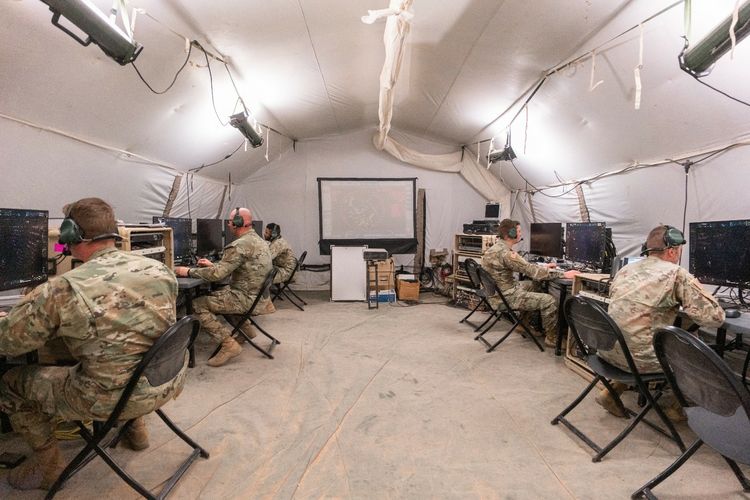
Northrop Grumman has completed the final assessment of its Integrated Battle Command System (IBCS) being developed for the US Army.
The final test was carried out during a recent operational test and evaluation (IOT&E).
It was the last milestone to be completed by the company before the US Army takes the decision to advance the IBCS programme from low-rate initial production (LRIP) to full rate production (FRP) stage.
As the programme progresses, IBCS will be fielded across the globe to support warfighters by connecting battlespace.
Northrop Grumman combat systems and mission readiness vice-president and general manager Christine Harbison said: “Throughout IOT&E, we have shown how IBCS enables warfighters to make more informed and faster decisions.
“IBCS is ready for today’s threats and those of the future, making Joint All-Domain Command-and-Control (JADC2) a reality.”
The LRIP and FRP contract for IBCS was awarded to Northrop Grumman in January 2022.
Since then, the company has been conducting various operational flight tests for IBCS at the Army’s White Sands Missile Range, New Mexico.
During the tests, the Army’s warfighters used the Northrop Grumman-developed system in different complex scenarios covering a wide range of defence and attack missions in a realistic and operational environment.
The ten-month long effort allowed to assess the system under an intense observation of the US Army independent evaluators.
The tests involved IBCS to detect, track and intercept several adversaries, including two cruise missile surrogates in an electronic attack scenario and a high-speed tactical ballistic missile.
The new system has been developed to integrate multi-domain/source/service assets within a particular battlefield.
It has a scalable and open architecture that provides cost-effective and efficient integration of existing and future systems.



